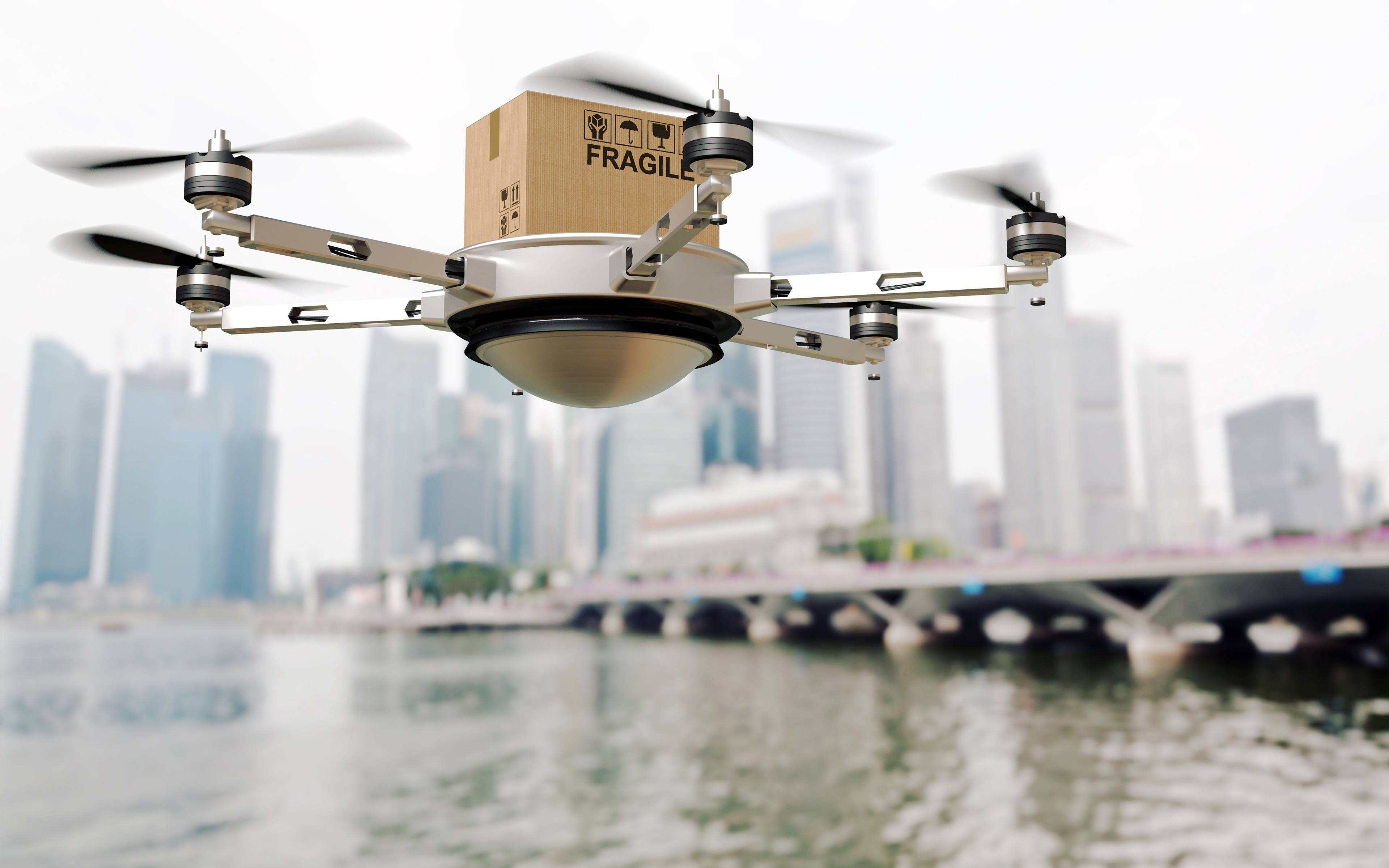With the global economy in turmoil due to the COVID-19 pandemic, companies are looking for a competitive edge. In such an environment, it is only natural to look to technology, both for data collection and improvement. This has led to an acceleration of an already fast-moving trend toward machine-to-machine data exchange via the Internet of Things (IoT) — an ecosystem of connected devices that share information between the virtual and physical worlds in a preprogrammed manner, often without human participation.
There is a tendency for operational managers, when faced with an immediate need, to look for an ad hoc IoT solution, typically an off-the-shelf technology, using the internal resources at hand to make it operational for a specific use. At Protiviti, we believe that a managed service approach, developed in conjunction with IT, is a better option. We discussed this approach, along with examples of its application in the medical field, in a webinar titled “Using IoT to Connect with Customers in Today’s Evolving Business Environment.” The webinar is available on demand, and a brief summary is provided below.
Why Use Connected Devices Now?
Asked to identify key challenges in today’s evolving market, 46% of our webinar participants stated that managing costs was their main concern, while 42% identified managing a remote workforce as a key challenge. Amid so much uncertainty, companies are looking for answers, and in business, answers typically come in the form of data. This is clearly a challenge in today’s remote working environment, especially for companies that have previously relied on manual processes and person-to-person information exchange.
A system of remote devices connected to the internet, bridging physical and logical environments, not only facilitates the collection of data but facilitates sharing that data across the enterprise, both with people and with other smart devices. This interoperability may be one reason why more than one in four webinar poll participants (27%) indicated that their organizations had accelerated the deployments of connected devices as a result of COVID-19.
IoT was booming before the pandemic. Smart devices were already being used for everything from agricultural water management to traffic control and even the remote monitoring of power plant turbine temperatures for signs of dangerous cracks. The pandemic has brought other uses to the surface, even in highly regulated industries such as healthcare. For example, during the webinar, Keri Leone, senior director of global medical science and education at Dexcom, shared how the U.S. Food and Drug Administration fast-tracked approval of the company’s continuous glucose-monitoring IoT device for deployment at scale, through a managed service agreement with KORE, a device management platform. The solution allows hospital staff to monitor the glucose levels of diabetic COVID-19 patients through touchless interaction, without having to wear personal protective equipment and enter the contaminated room. In another innovative use, a system of connected devices is helping to accelerate the development of a COVID-19 vaccine by analyzing real-time clinical data to identify high-yield efficacy results.
Risks to Consider
IoT has many benefits but navigating the ecosystem of right partners, right technology, right network management and right life cycle management can be daunting. A large-scale IoT project, with hundreds of thousands — and potentially millions — of connected devices, can introduce variables and performance inconsistencies that can, at best, erase most of the benefits or, at worst, lead to catastrophic outcomes.
Security is a major concern and one that is not always adequately addressed by IoT-enabled device manufacturers, which are often more concerned about connectivity than security. Sometimes it can be something as innocuous as the maker of a smart washing machine sharing user data with detergent manufacturers. But that same IoT connection, if not properly isolated from sensitive data networks, can serve as a backdoor for hackers. There have already been documented instances of ethical hackers successfully accessing insulin pumps.
Security concerns extend to “edge” devices — the routers and hardware that provide internet access for networked devices, and SIM cards, which can be removed from authorized devices. Managed service companies are familiar with these risks and use predictive analytics based on network access patterns to identify anomalies and initiate quick-response plans to mitigate unauthorized incursions.
Protiviti published a Flash Report exploring the vulnerabilities of connected devices earlier this year.
Deployment Strategy
One of the biggest challenges in managing an IoT deployment is that the devices often are deployed to remote locations. They can be hard to troubleshoot or update once they are out of the manufacturer’s hands and installed in their remote location. There are often multiple vendors involved in their maintenance, including device manufacturers, the communications vendors/internet providers, cloud service providers, mobile application developers and component makers. A set-it-and-forget-it approach almost never works for a connected device, which is one reason we recommend a well-considered deployment strategy.
A good IoT deployment strategy requires a plan to manage the entire device life cycle, from deployment to end of life. Device life cycles can range from a couple of months to multiple decades, depending on the application. Some may even be intended to be disposable per use.
This important aspect is often overlooked. Only 13% of our webinar participants indicated that their organization has a formal IoT life cycle management plan. Another 19% responded that they have informal plans. The majority reported either no plan or none that they were aware of.
This isn’t surprising. IoT is still relatively new, and best practices are evolving. But while there are several published frameworks, including from NIST, ISO and others, these frameworks have not yet been broadly adopted or implemented across industries.
Connected devices are here and can provide huge benefits such as data access, predictive resource utilization, cost savings and innovation for companies that know how to properly manage, maintain and secure them. This, however, is a complex process that requires vigilance on security and a formal life cycle management plan. Business managers should avoid going it alone. There are many IT considerations, especially security, and with so many dependencies, it will often make sense to work with a managed services company to ensure that nothing falls through the cracks. Learn more about Protiviti IoT services.
Read additional posts on The Protiviti View related to Technology and Cyber Security.





